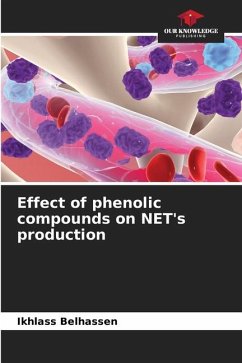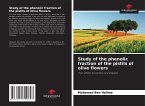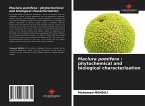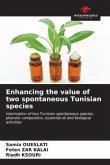Neutrophil extracellular traps (NETs) are made up of released nuclear DNA associated with histones and granular proteins, which form a network-like extracellular structure capable of trapping and killing certain microbes.after performing their function, NETs should normally be degraded by DNAse. However, in the event of poor clearance, NETs can be a major source of autoantigens, increasing the risk of autoreactivity against their components. This significantly increases the risk of developing several autoimmune diseases such as rheumatoid arthritis (RA) and systemic lupus erythematosus (SLE). As a result, the use of molecules with high antioxidant power seems to be a possible avenue for minimizing the deleterious impact of NETs on tissues, particularly in cases of acute or chronic inflammation. This is the background to our work, in which we demonstrated the inhibitory power of four molecules - oleuropein, tyrosol, tyrosol3 and phenyl ethanol - on NET formation.








